Features
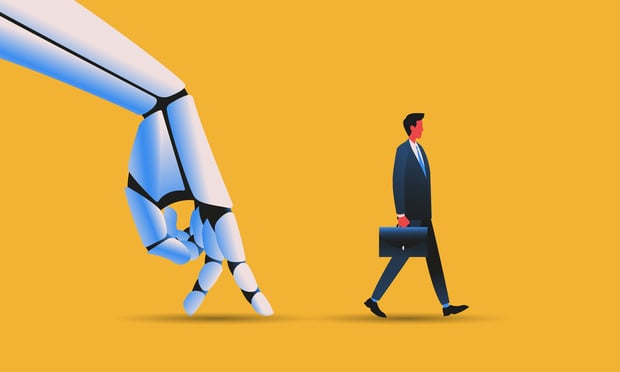
Protecting Technology-Assisted Works and Inventions: Where Does AI Begin?
Just like any new technology, efforts to protect and enforce intellectual property on AI-based technologies are likely to be hampered by a lack of both a unified governing framework and a common understanding of the technology.
Features

Generative AI and Law Firm Pricing
Generative AI, combined with client education, could signal the slow death knell of the billable hour.
Features
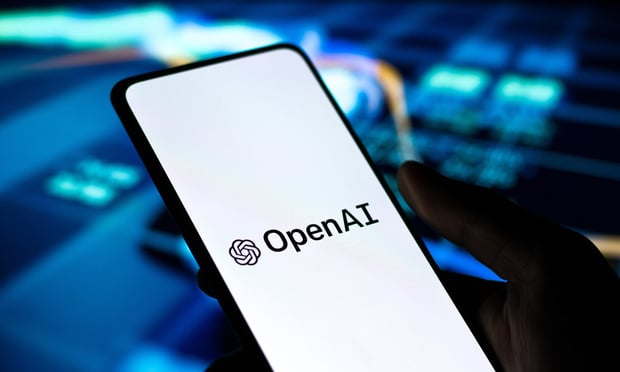
All the News That's Fit to Pinch: 'NYT v. OpenAI'
The emerging cases by authors and copyright owners challenging various generative AI programs for using copyrighted materials are certain to create new troubles for the courts being asked to apply the fair use doctrine to this important new technology.
Features

Protecting Technology-Assisted Works and Inventions: Where Does Smart Technology End and AI Begin?
At what point does a "smart" computing system, or advanced software program, qualify as AI in the eyes of pertinent regulatory or judicial authorities? When is an individual considered to have merely deployed an AI-based computing tool to assist with creating a work of art or conceiving of a technological innovation? Each of these questions is explored in this article, giving consideration to currently prevailing guidelines from administrative bodies and the courts.
Features

All the News That's Fit to Pinch
The emerging cases by authors and copyright owners challenging various generative AI programs for using copyrighted materials are certain to create new troubles for the courts being asked to apply the fair use doctrine to this important new technology.
Features
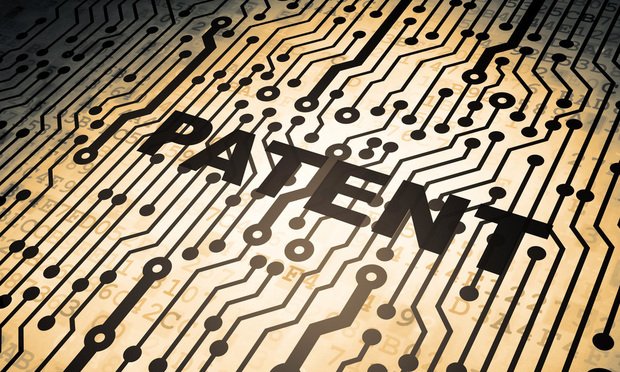
Can Artificial Intelligence Patents Overcome §112 Requirements?, Part 2
Part Two of a Two-Part article While the last decade has seen a dramatic increase in the number of AI patents, such patents face difficulty in overcoming the patent-eligibility challenges under §101 and Alice. Section 101, however, is not the only hurdles AI patents must overcome. Section 112, with its written description, enablement, and definiteness requirements, presents additional obstacles.
Features
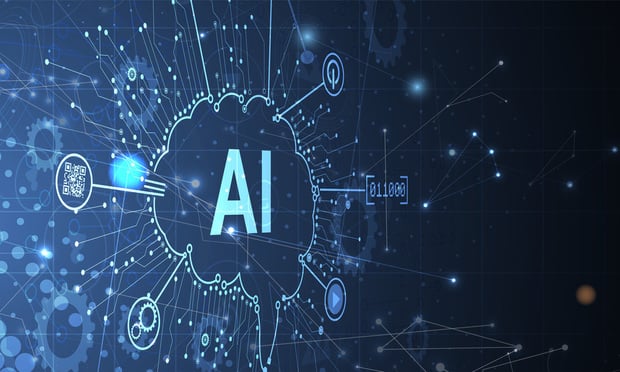
AI and Hospitality: Transforming Law Firm Workplaces for the Future
As the world ushers in a new era post-pandemic of hybrid operations, it's really no surprise that workplace experience is a top, strategic lever law firm leaders are driving in conjunction with re-envisioning the space their professionals are occupying.
Features
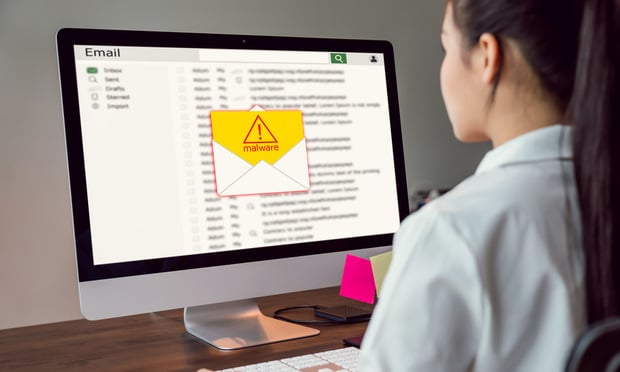
Artificial Intelligence: The New Weapon of Insider Threats
It is imperative that every organization acknowledges and takes seriously the potential harm that can be caused by insiders who misuse AI as a weapon for personal gain or to settle scores.
Features

Leveraging Generative Artificial Intelligence In CRE and Law Firm Practice
In addition to boosting efficiency and productivity, GenAI's new technological capabilities hold the promise of empowering lawyers to offer more precise and insightful guidance to their clients.
Features

How New York Times' Lawsuit Over AI Software Copying Differs From Prior Copyright Complaints
The New York Times' copyright infringement lawsuit against OpenAI and Microsoft is said to be AI's "Napster Moment." But observers are torn about the case's legal merits, citing differing views around how exactly AI "Large Language Models" are trained.
Need Help?
- Prefer an IP authenticated environment? Request a transition or call 800-756-8993.
- Need other assistance? email Customer Service or call 1-877-256-2472.
MOST POPULAR STORIES
- The Article 8 Opt InThe Article 8 opt-in election adds an additional layer of complexity to the already labyrinthine rules governing perfection of security interests under the UCC. A lender that is unaware of the nuances created by the opt in (may find its security interest vulnerable to being primed by another party that has taken steps to perfect in a superior manner under the circumstances.Read More ›
- Warehouse Liability: Know Before You Stow!As consumers continue to shift purchasing and consumption habits in the aftermath of the pandemic, manufacturers are increasingly reliant on third-party logistics and warehousing to ensure their products timely reach the market.Read More ›
- Major Differences In UK, U.S. Copyright LawsThis article highlights how copyright law in the United Kingdom differs from U.S. copyright law, and points out differences that may be crucial to entertainment and media businesses familiar with U.S law that are interested in operating in the United Kingdom or under UK law. The article also briefly addresses contrasts in UK and U.S. trademark law.Read More ›
- The Right to Associate in the DefenseThe "right to associate" permits the insurer to work with the insured to investigate, defend, or settle a claim. Such partnerships protect the insurer and can prove beneficial to the insured's underlying case and ultimate exposure.Read More ›
- When Is a Repair Structural or Nonstructural Under a Commercial Lease?A common question that commercial landlords and tenants face is which of them is responsible for a repair to the subject premises. These disputes often center on whether the repair is "structural" or "nonstructural."Read More ›
